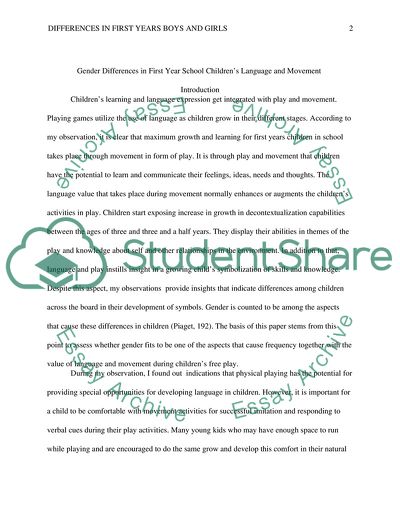Cite this document
(Gender Differences in First Years Boys and Girls Coursework Example | Topics and Well Written Essays - 2000 words, n.d.)
Gender Differences in First Years Boys and Girls Coursework Example | Topics and Well Written Essays - 2000 words. https://studentshare.org/psychology/1776070-observational-research-paper
Gender Differences in First Years Boys and Girls Coursework Example | Topics and Well Written Essays - 2000 words. https://studentshare.org/psychology/1776070-observational-research-paper
(Gender Differences in First Years Boys and Girls Coursework Example | Topics and Well Written Essays - 2000 Words)
Gender Differences in First Years Boys and Girls Coursework Example | Topics and Well Written Essays - 2000 Words. https://studentshare.org/psychology/1776070-observational-research-paper.
Gender Differences in First Years Boys and Girls Coursework Example | Topics and Well Written Essays - 2000 Words. https://studentshare.org/psychology/1776070-observational-research-paper.
“Gender Differences in First Years Boys and Girls Coursework Example | Topics and Well Written Essays - 2000 Words”. https://studentshare.org/psychology/1776070-observational-research-paper.


